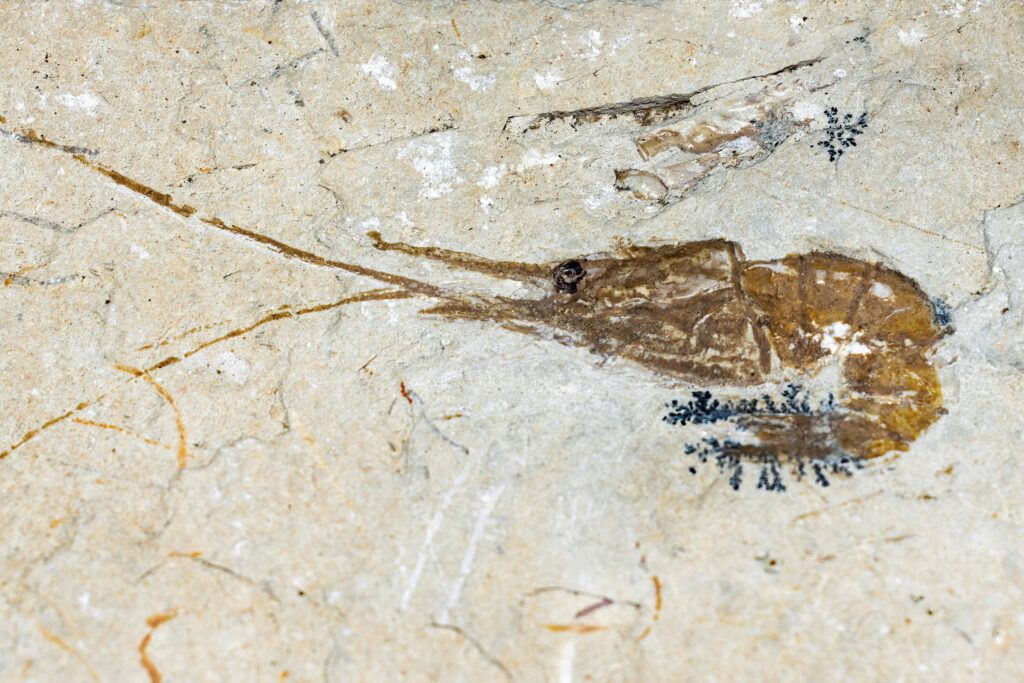In the realm of paleontology, few discoveries offer such a profound glimpse into Earth’s ancient past as insect fossils. Among these time capsules, one remarkable specimen stands out—the oldest known insect fossil, dating back hundreds of millions of years. This ancient creature, preserved in remarkable detail, offers scientists an extraordinary window into the early evolution of insects, which today represent the most diverse and abundant group of animals on our planet. The discovery of such primordial specimens helps us piece together the complex puzzle of life’s development, revealing how these tiny pioneers laid the groundwork for the vast insect diversity we see today.
The Discovery That Rewrote Insect Evolution

The scientific community was stunned when researchers announced the discovery of Rhyniognatha hirsti, currently recognized as the oldest definitive insect fossil ever found. This remarkable specimen was actually discovered in the early 20th century in the famous Rhynie Chert formation in Scotland, but its true significance wasn’t fully appreciated until much later. In 2004, when scientists reexamined the fossil using advanced techniques, they realized they were looking at what may be the world’s oldest insect, dating back approximately 410 million years to the Early Devonian period. The specimen consists primarily of mouthparts (mandibles) that display distinctive characteristics only found in true insects, convincing researchers they had indeed found an extraordinarily ancient member of the insect lineage.
The Rhynie Chert: A Paleontological Treasure Trove

The Rhynie Chert, where this ancient insect was discovered, represents one of the most important fossil sites in the world for understanding early terrestrial ecosystems. Located near the village of Rhynie in Aberdeenshire, Scotland, this geological formation preserves an extraordinary ecosystem that existed during the Early Devonian period, approximately 410 million years ago. The exceptional preservation quality at this site results from ancient hot springs that rapidly encased organisms in silica, creating detailed fossils that retain microscopic structures. Beyond insects, the Rhynie Chert has yielded fossils of primitive plants, fungi, algae, and other arthropods, providing a comprehensive snapshot of one of Earth’s earliest land ecosystems. This remarkable preservation allows scientists to study not just individual species but entire ecological relationships from a time when life on land was still in its pioneering stages.
Anatomy of the Ancient Pioneer

Despite its fragmentary nature, Rhyniognatha hirsti provides crucial anatomical information about early insects. The fossil primarily consists of mandibles (jaws) that show distinctive characteristics associated with true insects, including a specific type of dicondylic mandible—a jaw design with two points of articulation that remains characteristic of modern insects. These specialized mouthparts suggest this creature may have been capable of chewing plant material, representing an important ecological adaptation. Some researchers have even suggested that certain features of the mandibles indicate Rhyniognatha might have belonged to the flying insect lineage, potentially pushing back the origin of insect flight by millions of years. Though we lack a complete body fossil, these preserved mouthparts have allowed scientists to make remarkable inferences about this ancient creature’s lifestyle and evolutionary significance.
Dating Methods: How Scientists Determined Its Age

Establishing the age of Rhyniognatha hirsti involved multiple sophisticated dating techniques applied to both the fossil itself and the surrounding Rhynie Chert formation. Radiometric dating methods, particularly uranium-lead dating of zircon crystals found within the volcanic ash layers associated with the chert, provided the primary chronological framework. Biostratigraphy, which uses the presence of index fossils with known time ranges, helped confirm the Early Devonian age of approximately 410 million years. Paleomagnetic dating, which analyzes the orientation of magnetic minerals that aligned with Earth’s magnetic field when the rocks formed, offered additional verification of this ancient timeline. Together, these complementary techniques give scientists high confidence in placing Rhyniognatha in the Early Devonian period, making it substantially older than most other insect fossils in the geological record.
The Evolutionary Significance
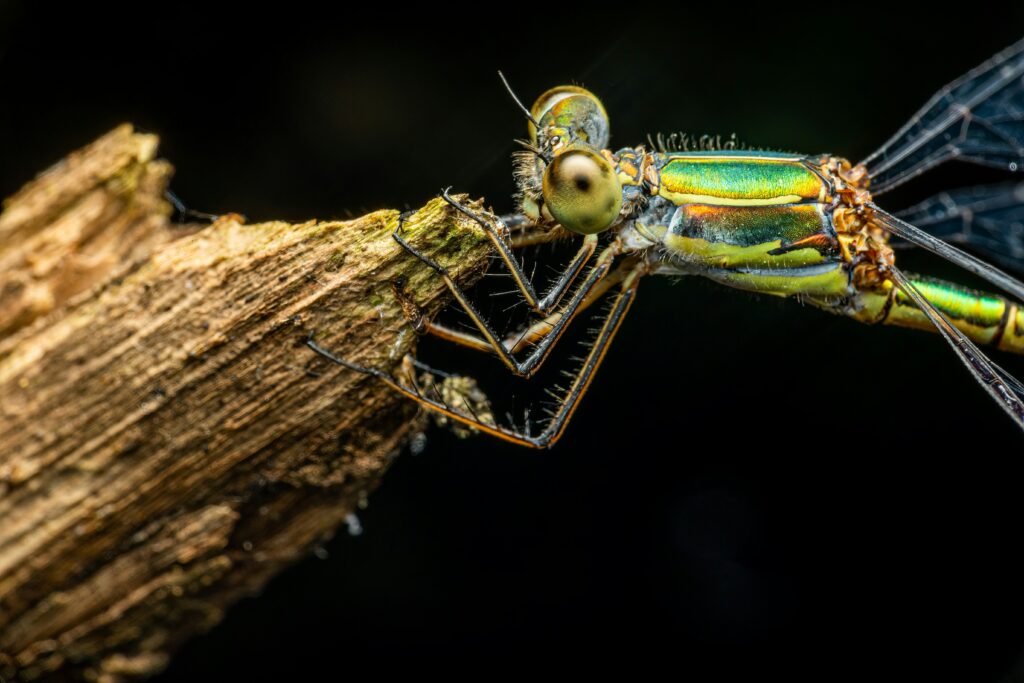
The discovery of Rhyniognatha hirsti fundamentally altered our understanding of insect evolution and their place in Earth’s history. Finding a true insect from the Early Devonian period suggests that insects had already evolved and diversified much earlier than previously thought, pushing back their origin potentially into the Silurian period (444-419 million years ago). This early appearance indicates that insects were among the first animals to successfully colonize land environments, helping to establish terrestrial ecosystems. The fossil suggests that fundamental insect characteristics evolved remarkably early and have remained successful for hundreds of millions of years with relatively minor modifications. Perhaps most significantly, if Rhyniognatha indeed belongs to the winged insect lineage as some features suggest, it would indicate that the extraordinary adaptation of flight—which revolutionized animal mobility and dispersal—may have evolved much earlier in insect history than scientists had previously estimated.
Life During the Devonian Period
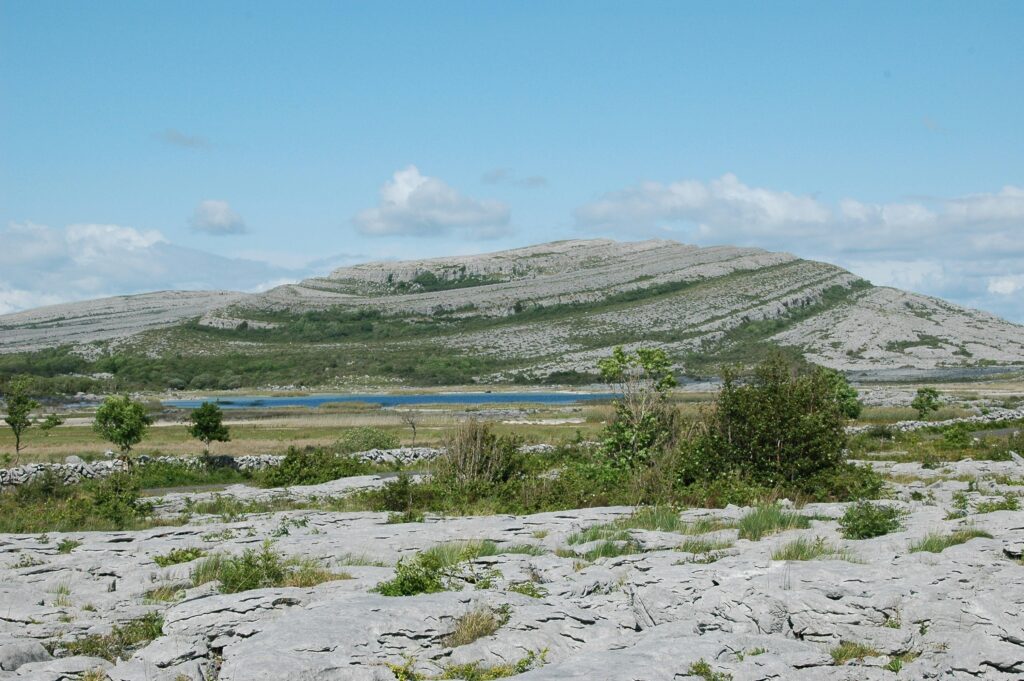
When Rhyniognatha hirsti scurried across the landscape, Earth would have been unrecognizable to modern eyes. The Early Devonian world (approximately 410 million years ago) featured no flowering plants, no birds, no mammals, and landscapes dominated by primitive vascular plants like early ferns, club mosses, and horsetails that rarely grew taller than a human. The continents were arranged differently, with much of Earth’s landmass concentrated in the supercontinent Gondwana in the southern hemisphere and Euramerica in the northern hemisphere. The atmosphere contained higher carbon dioxide levels than today, creating a warmer global climate with less distinct seasons. Oceans teemed with diverse life including trilobites, primitive fish, and coral reefs, while on land, early arthropods including mites, primitive centipedes, and the first insects were establishing the foundation of terrestrial ecosystems. This ancient world represented a critical transition period when life was actively conquering land environments, setting the stage for the complex terrestrial ecosystems that would follow.
Insects as Earth’s Great Survivors
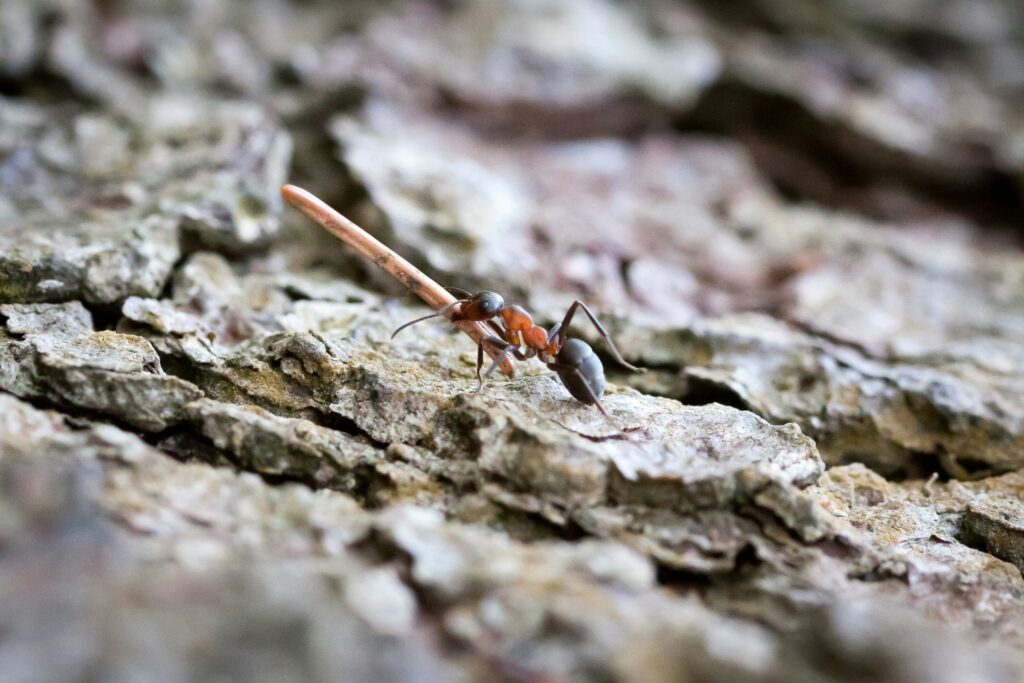
The extreme antiquity of Rhyniognatha hirsti highlights one of the most remarkable aspects of insects: their extraordinary evolutionary resilience. Insects have survived all five major mass extinction events that have occurred since their appearance, including the catastrophic end-Permian extinction that eliminated approximately 95% of marine species and 70% of terrestrial vertebrate species. While dinosaurs rose and fell, and entire groups of organisms disappeared forever, the basic insect body plan and ecological strategy proved remarkably adaptable and enduring. This extraordinary survival record stems from insects’ diverse diet options, rapid reproduction rates, small size, and ability to exploit virtually every terrestrial and freshwater habitat on Earth. The discovery of 410-million-year-old insect fossils underscores that these arthropods represent one of the most successful evolutionary experiments in Earth’s history, maintaining their ecological dominance through hundreds of millions of years of planetary changes that proved fatal to countless other animal groups.
Competing Claims: Other Ancient Insect Fossils
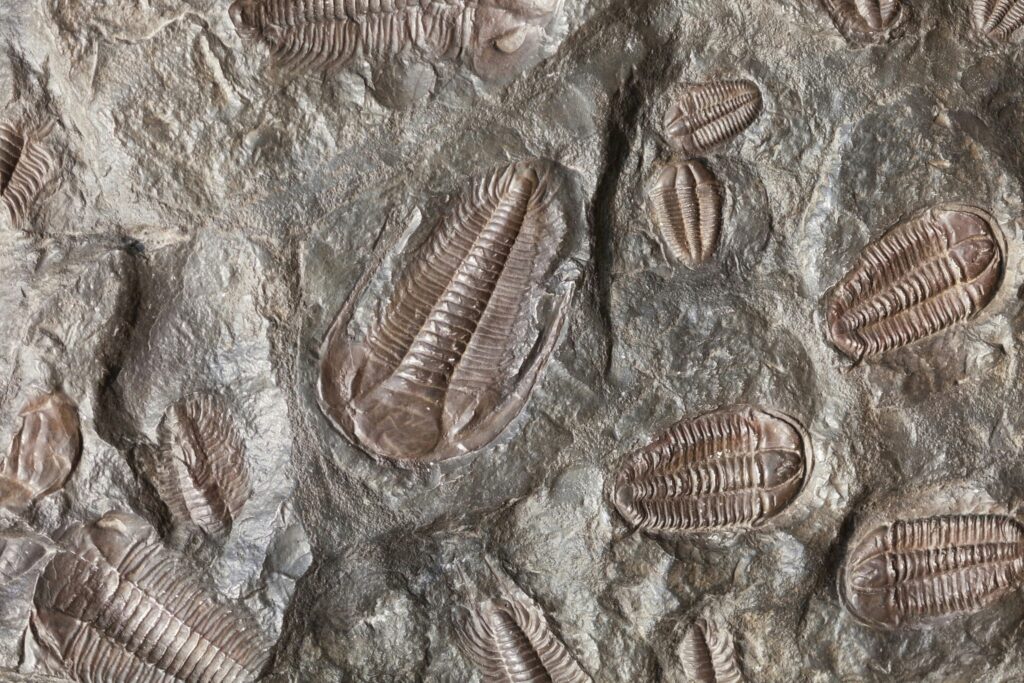
While Rhyniognatha hirsti currently holds the title of oldest definitive insect fossil, paleontology is a field constantly in flux as new discoveries emerge. Several other remarkably ancient arthropod fossils have been found that potentially represent early insects or their close relatives. Fossils from the Windyfield Chert (also in Scotland) dating to a similar time period have revealed other possible insect remains that await full classification. Some controversial trace fossils—marks left by ancient organisms rather than body fossils—from the Silurian period have been proposed as evidence of even earlier insect activity, though these claims remain debated. In Russia’s Kaluga region, fossil fragments dating to approximately 365 million years ago (Late Devonian) have yielded what some researchers identify as wings from flying insects, representing another critical evolutionary milestone. The competitive nature of these claims highlights how active this area of paleontological research remains, with each new discovery potentially reshaping our understanding of insect origins.
The Search for Insect Origins
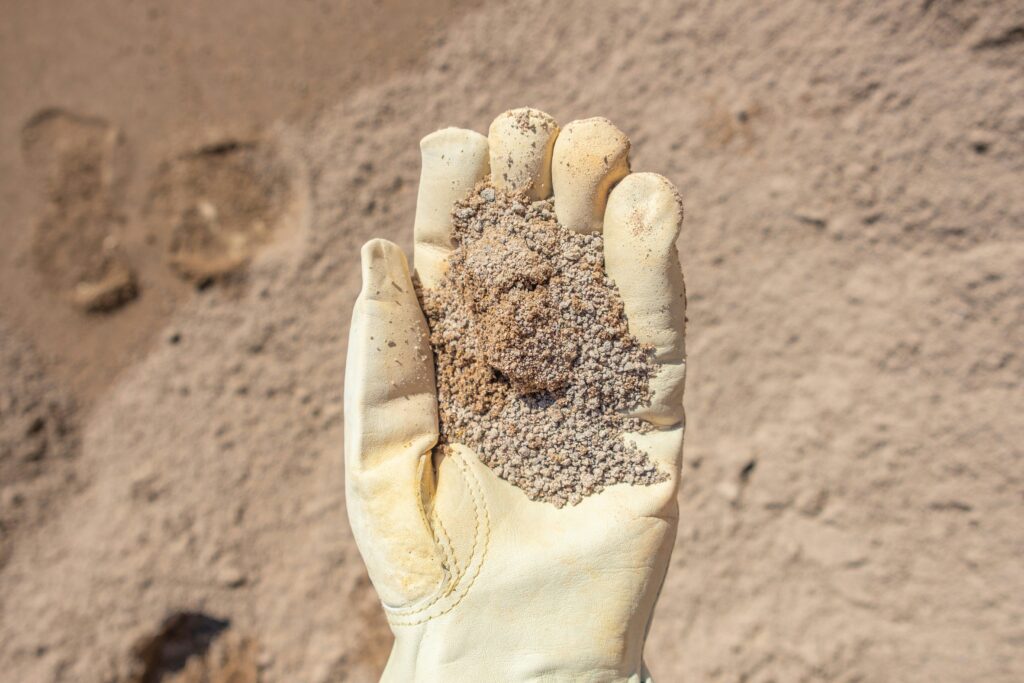
The discovery of Rhyniognatha hirsti represents just one chapter in the ongoing scientific quest to understand insect origins. Molecular clock analyses—which use DNA mutation rates to estimate when different evolutionary lineages diverged—suggest insects may have originated even earlier than the fossil record indicates, possibly as far back as 480 million years ago in the Ordovician period. Paleontologists continue searching older rock formations for potential insect remains, focusing particularly on Silurian deposits that might bridge the gap between theoretical origins and confirmed fossils. Comparative anatomy studies of modern insects and their arthropod relatives (like crustaceans) help scientists reconstruct the evolutionary steps that led to the insect body plan. The transitional forms between non-insect hexapods (six-legged arthropods) and true insects remain particularly elusive in the fossil record, representing a critical “missing link” that researchers hope future discoveries might reveal. This scientific detective work combines genetics, paleontology, and comparative biology in the ongoing effort to unravel one of evolutionary history’s most consequential developments.
Preservation Challenges in Insect Paleontology
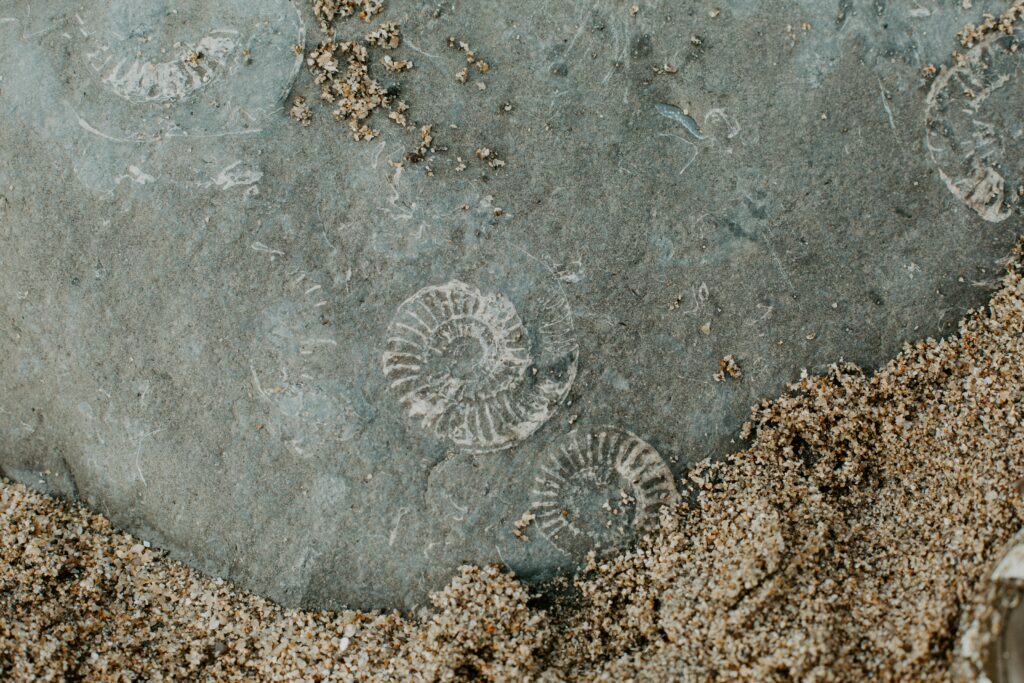
The rarity of ancient insect fossils like Rhyniognatha hirsti stems from the significant challenges involved in preserving such delicate organisms over geological timescales. Insects’ lightweight exoskeletons typically decompose rapidly after death, requiring exceptional conditions for fossilization to occur. The most spectacular insect fossils form through rapid burial in fine-grained sediments, entrapment in tree resin (which becomes amber), or preservation in oxygen-poor environments that slow decomposition. The small size of many insects also makes their fossils easily overlooked during collection or damaged during extraction from surrounding rock. Additionally, the oldest rock formations that might contain early insect fossils have typically undergone metamorphic changes (heat and pressure alterations) that destroy delicate organic structures. These preservation challenges create significant gaps in the insect fossil record, particularly in the earliest periods of their evolution, making specimens like Rhyniognatha all the more scientifically valuable for the rare glimpses they provide into insect origins.
Modern Technologies Revealing Ancient Secrets
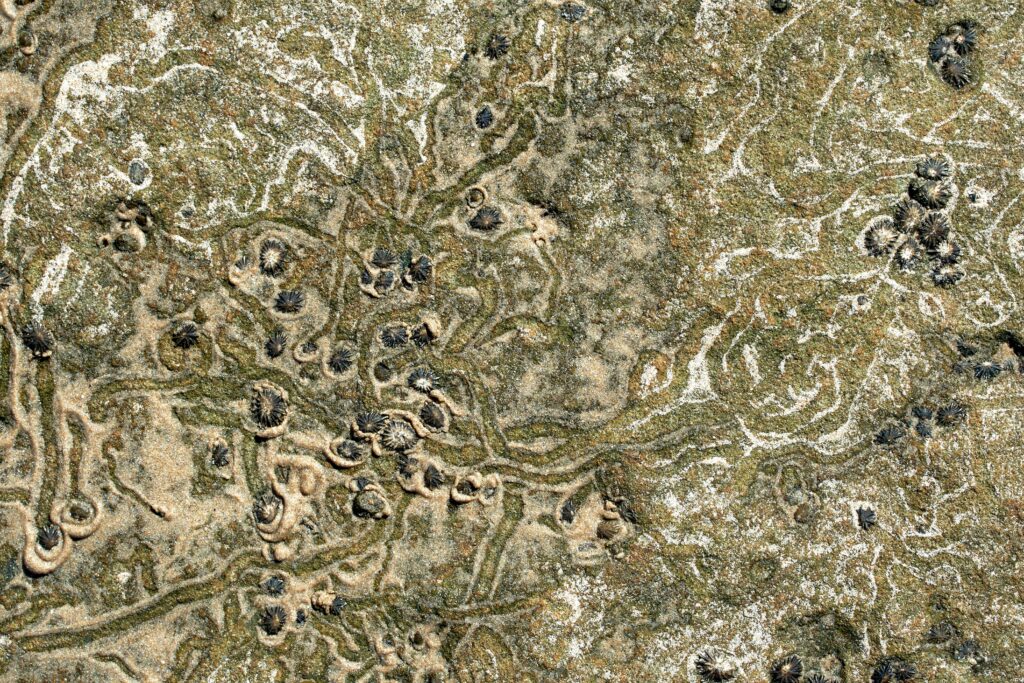
The true significance of Rhyniognatha hirsti remained hidden until researchers applied advanced imaging technologies to this ancient specimen. Modern paleontological analysis increasingly relies on sophisticated tools that allow scientists to examine fossils in unprecedented detail without damaging these irreplaceable specimens. Micro-computed tomography (micro-CT) scanning creates detailed three-dimensional models of fossils by taking thousands of X-ray images from different angles, revealing internal structures invisible to the naked eye. Scanning electron microscopy produces highly magnified surface images that can resolve details at the micron scale, crucial for identifying taxonomic features in tiny insect fossils. Synchrotron radiation—extremely bright X-rays produced at specialized research facilities—allows scientists to analyze the chemical composition of fossils, sometimes revealing traces of original organic compounds. These technological advances continue transforming paleontology, allowing researchers to extract new information from long-known specimens and occasionally, as with Rhyniognatha, completely revise our understanding of life’s evolutionary timeline.
What the Oldest Insect Tells Us About Evolution
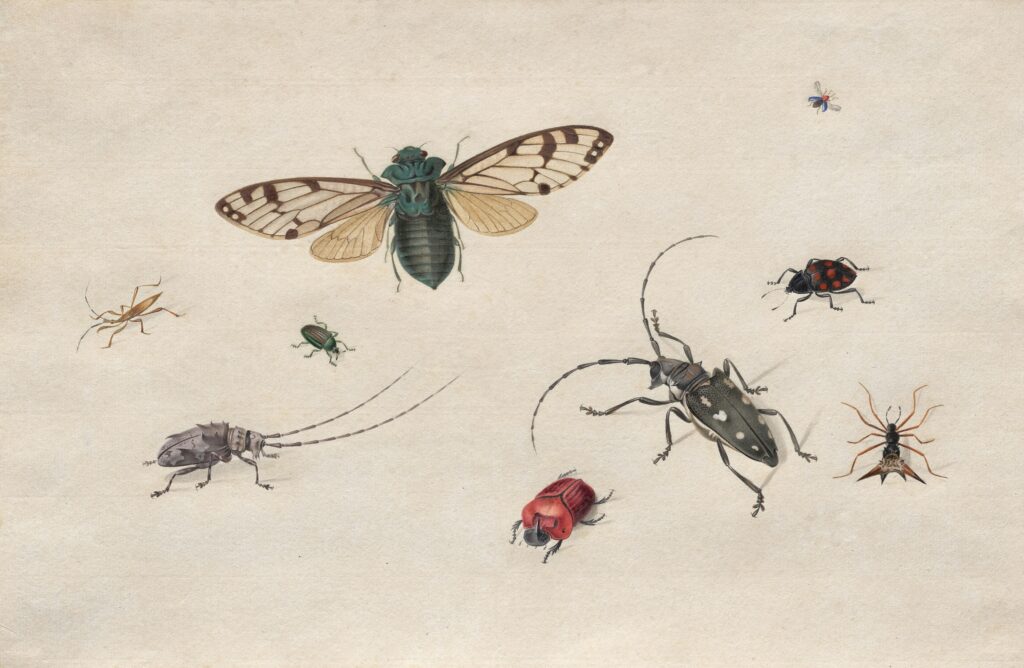
The extreme antiquity of Rhyniognatha hirsti provides profound insights into the evolutionary process itself. Finding recognizably insect-like features in a creature that lived 410 million years ago demonstrates the remarkable stability of successful adaptations—once evolution stumbled upon the effective insect body plan, its fundamental design remained viable through countless environmental changes over hundreds of millions of years. This evolutionary conservatism contrasts with the extraordinary diversification of insects into over a million modern species, highlighting how basic structural designs can spawn seemingly endless variations while maintaining core functional elements. The fossil also illuminates the rapid pace of early terrestrial evolution, with complex land animals emerging relatively quickly after plants established themselves on land. Rhyniognatha’s potential connection to flying insects, if confirmed, would represent one of evolution’s most significant innovations appearing remarkably early in the terrestrial saga. As one of our oldest windows into animal life on land, this tiny fossil fragment carries outsized importance in understanding the evolutionary processes that shaped our living world.
Future Discoveries: What Might Still Be Found?
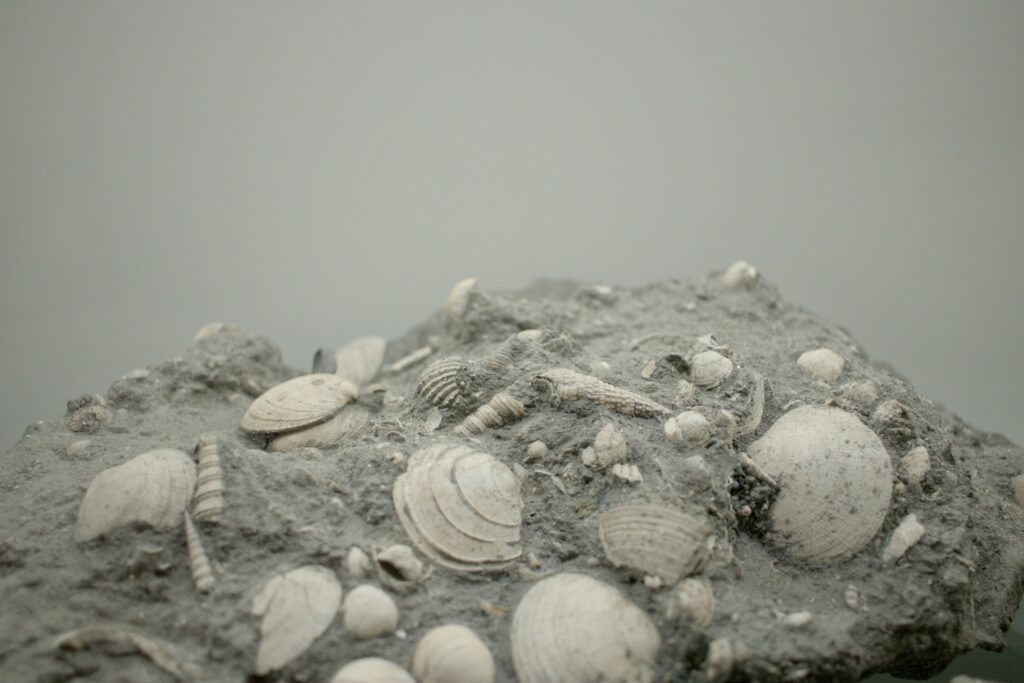
The paleontological community continues the search for even older insect fossils that might further revolutionize our understanding of these animals’ origins. Particularly promising are Silurian deposits (444-419 million years ago) that represent the likely timeframe when insects first evolved, based on molecular clock estimates and the confirmed presence of Rhyniognatha in the Early Devonian. New excavations at sites with exceptional preservation conditions, like ancient lake beds and areas with prehistoric hot springs similar to the Rhynie Chert, offer the greatest potential for discovering transitional forms between non-insect hexapods and true insects. Technological advances in imaging and chemical analysis continue improving scientists’ ability to identify microscopic fossil fragments that previous generations of researchers might have missed or misclassified. The application of machine learning algorithms to scan vast collections of unclassified fossil material may accelerate discovery rates by flagging potential insect remains for expert examination. While finding complete specimens remains unlikely due to preservation challenges, even fragmentary fossils from these earliest periods of insect evolution could profoundly impact our understanding of how Earth’s most diverse animal group first emerged.
A Window Into Earth’s Past
The oldest insect fossil ever found represents far more than a scientific curiosity—it serves as a crucial temporal anchor in our understanding of life’s evolutionary journey. Rhyniognatha hirsti, with its 410-million-year-old mandibles, connects us to an ancient Earth when the very foundations of terrestrial ecosystems were being established. As insects went on to become the most diverse and abundant animals on our planet, this humble fossil marks the beginning of an extraordinary evolutionary success story. The search continues for even older specimens that might push the insect timeline back further, but for now, this ancient pioneer stands as testament to the remarkable antiquity and resilience of insect life. In studying such fossils, we not only learn about insects themselves but gain invaluable insights into the fundamental processes that have shaped life on our planet through deep time.

